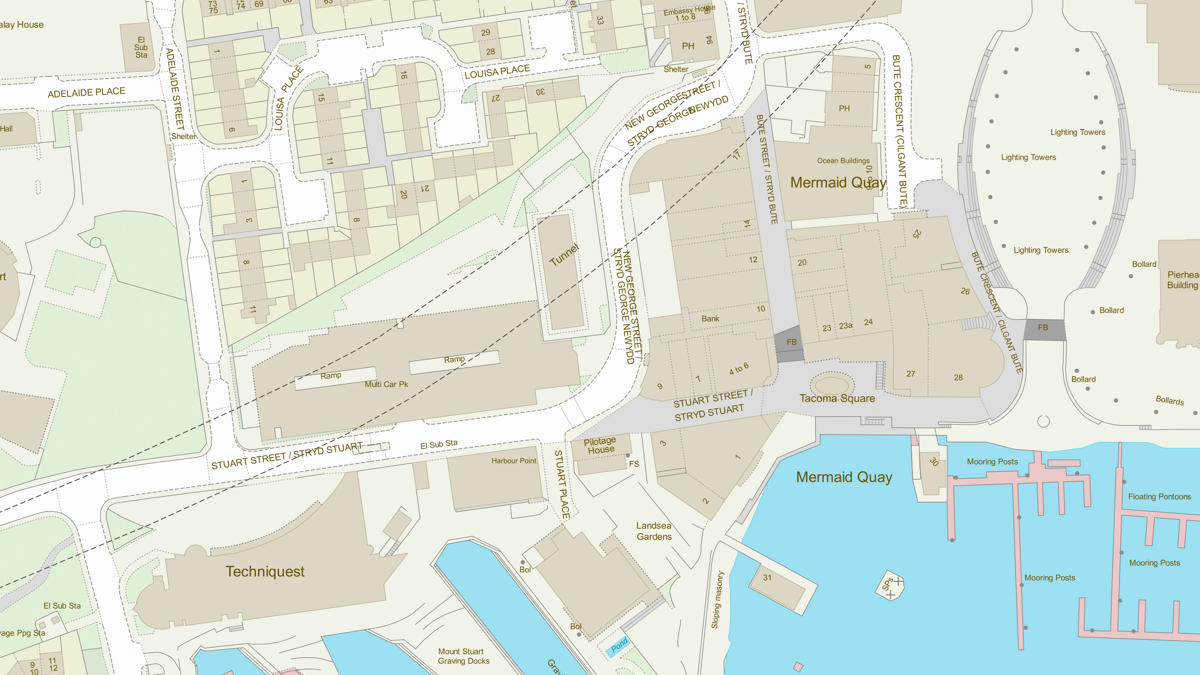Challenge
Harrow Council’s SNT service provides transport to residents of any age. It uses 95 vehicles and 320 staff to transport residents to and from their places of education, with each vehicle requiring a driver and an escort.
However, many of these posts were filled on an agency basis and vehicles hired (including the use of taxis).
- The Council needed to remove unnecessary trips and part-filled vehicles. This involved a review of routes and staffing as well as taking a closer look at their use of private hire vehicles to fill unmet demand.
Solution
One of the core principles was that the SNT service should operate with a single budget, a single fleet and a single workforce, making it work more efficiently by sharing resources wherever possible.
By using OS MasterMap Integrated Transport Network (ITN) Layer data and Mobisoft’s transport planning solutions, Harrow Council was able to redefine the optimal routes for its customers. Buses can now be routed more efficiently, meaning seven vehicles have since been removed from the fleet.
The selected back office system was able to consume ITN data and handle client details including addresses sourced from the National Land and Property Gazetteer (NLPG). These combined allowed constant route optimisation as clients’ details and needs changed.
Result
- Total of £290,000 annual savings.
- Better vehicle and staff management from reducing the number of hire vehicles and agency staff.
- Bus fleet reduced by seven vehicles.
- Projected ten-year project saving of £980,000.
- £11,000 annual fuel savings from nearly 100,000 fewer miles driven.
- A greener service: reduced carbon emissions and new low carbon-emission vehicles.
"The Special Needs Transport project enabled significant tangible benefits to be delivered in operating this service whilst optimising routes. The project's wider aims resulted in making a better service for Harrow residents."

